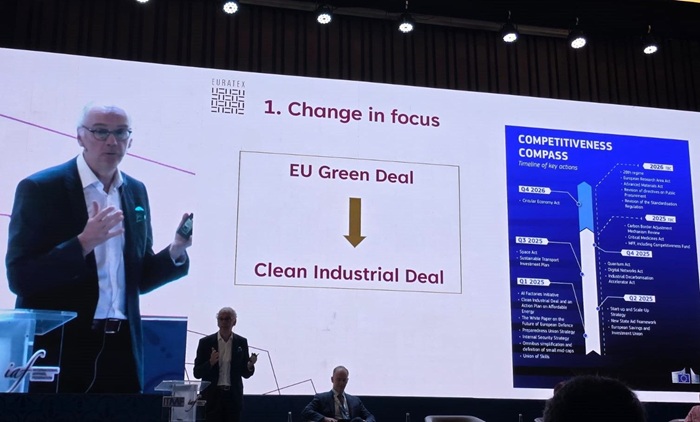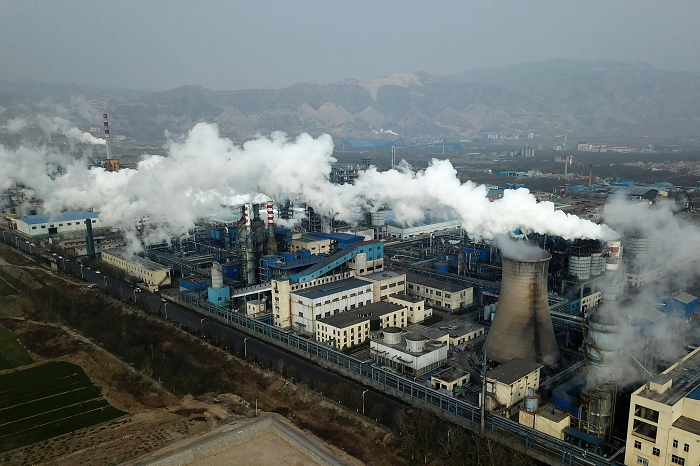
In the escalating global focus on combating climate change, businesses are under pressure to account for their carbon footprint. While much attention has been given to direct emissions from company-owned assets (Scope 1), and indirect emissions from purchased energy (Scope 2), a more significant and complex challenge lies in Scope 3 emissions. These emissions, often constituting almost 70-90 per cent of a company's total footprint, originating from sources a company doesn't directly control, such as suppliers, vendors, transportation, and even product usage.
All about Scope 3 and its complexities
Scope 3 emission covers a wide range of indirect emissions that occur both upstream and downstream in a company's value chain. This includes emissions from business travel, employee commuting, transport and distribution, waste disposal, purchased goods and services, franchises and leased assets, and the use of sold products. Essentially, it's the emissions linked to everything a company buys and sells, and how those products are used and disposed of.
Table: General categorization of Scope 3 emissions
|
Upstream emissions |
Downstream emissions |
|
Purchased goods and services |
Use of sold products |
|
Capital goods |
End-of-life treatment of sold products |
|
Fuel and energy-related activities |
Downstream transportation and distribution |
|
Upstream transportation and distribution |
Franchises |
|
Waste generated in operations |
Leased assets |
|
Business travel |
Investments |
|
Employee commuting |
|
|
Leased assets |
The primary reason Scope 3 is so challenging is the lack of direct control. Unlike Scope 1 and 2, which a company can manage through operational efficiencies and energy choices, Scope 3 involves a web of external factors. This complexity arises from multiple suppliers, varying customer usage behavior, numerous logistics partners, and outsourced activities. Gathering reliable data across these diverse sources is a monumental task, making it difficult for companies to get a complete and accurate picture of their Scope 3 footprint.
Scope 3 in the textile & apparel industry
The textile and apparel industry showcases the challenges and significance of Scope 3 emissions.
Purchased goods and services: The emissions from raw material production (cotton farming, synthetic fiber manufacturing), textile processing (dyeing, finishing), and component manufacturing (buttons, zippers) constitute a substantial portion of Scope 3 emissions. For example, a major fashion brand working with thousands of suppliers across the globe faces the complex task of gathering emissions data from each tier of its supply chain. Initiatives to promote sustainable cotton farming or the use of recycled materials directly address these Scope 3 emissions.
Transportation and distribution: The global nature of the industry, involving the movement of raw materials, intermediate products, and finished goods, leads to significant emissions from shipping, air freight, and trucking. A company optimizing its logistics by consolidating shipments, using more fuel-efficient transport, and exploring localized production can reduce emissions within this category.
Use of sold oroducts: Consumer behavior, such as washing and drying clothes, contributes to downstream emissions, mainly through energy consumption. In fact, brands promoting energy-efficient washing instructions or designing clothes that require less frequent washing are taking steps to address emissions associated with the use of their products.
End-of-life treatment of sold products: The disposal of textiles in landfills or through incineration generates emissions. Therefore, companies implementing take-back programs, designing for recyclability, or utilizing biodegradable materials aim to minimize emissions at the end of the product lifecycle.
The imperative of action
Despite the difficulties, ignoring Scope 3 is no longer a viable option. Stakeholders, including investors, customers, and regulators, are increasingly scrutinizing companies' environmental impact. Regulations, such as the EU's Corporate Sustainability Reporting Directive (CSRD), are expanding requirements for emissions reporting, pushing companies to enhance their transparency. Transparency in Scope 3 emissions is becoming essential for maintaining investor trust and ensuring global compliance.
Tackling Scope 3 requires a shift in mindset and a strategic approach. Companies need to engage deeply with their value chains, fostering collaboration with suppliers and partners to gather data and implement emissions reduction strategies. This may involve:
Mapping the value chain: This involves identifying important sources of Scope 3 emissions.
Data collection and management: Establishing systems to collect and manage emissions data from various sources.
Supplier engagement: Working with suppliers to improve their emissions performance.
Product lifecycle assessment: Evaluating the emissions associated with products throughout their lifecycle.
The bottomline is addressing Scope 3 emissions is not just an environmental imperative but also a business necessity. Companies that proactively manage their Scope 3 emissions will be better positioned to mitigate risks, enhance their reputation, and create a more sustainable future. As the regulatory landscape evolves and stakeholder expectations rise, understanding and tackling Scope 3 emissions will be crucial for long-term success.












